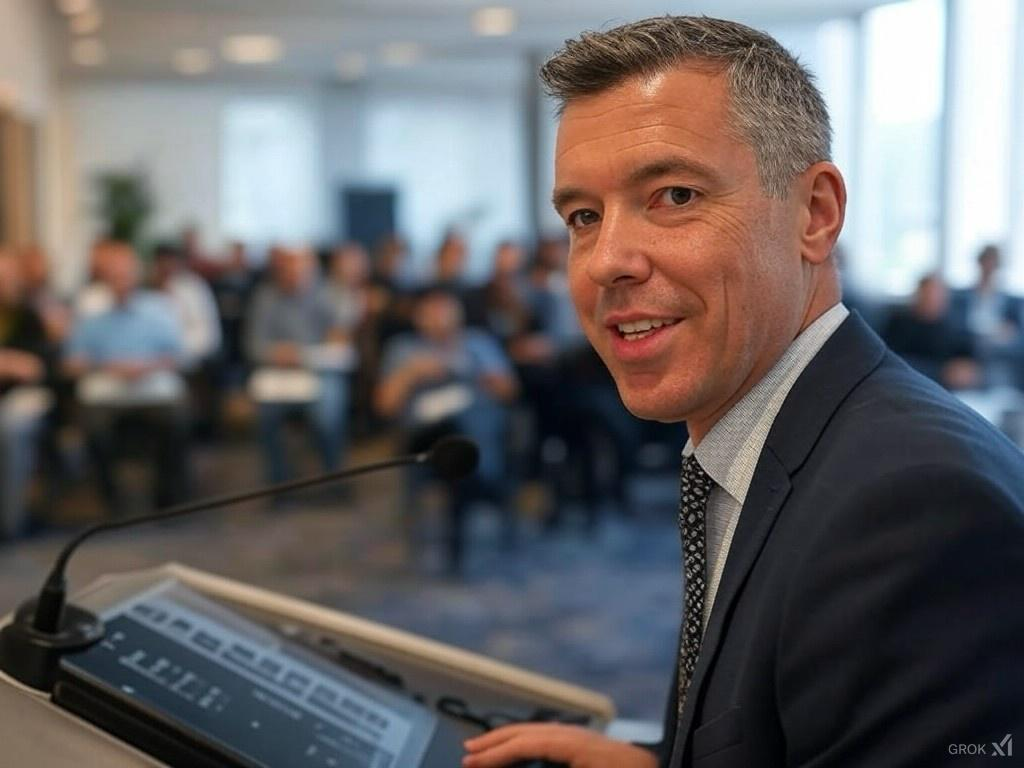The current employment landscape is complex and characterised by uncertainty. Buzzwords such as "wave of redundancies" are causing employers to shift their recruitment strategies, particularly in the face of an impending recession. The unemployment rate is at its lowest level in 50 years Nevertheless, demand for labour remains strong, as there are currently 1.7 vacancies for every unemployed person. In this changing labour market, recruiters and hiring managers must be prepared to attract the best talent for open positions while anticipating the needs of current and future employees.

Recruiting in a changing labour market: Companies can attract and retain top talent by using optimised candidate communication, a renewed focus on employee mobility and proactive recruitment strategies.
Optimise communication tactics
The methods used to connect with job seekers and current employees must evolve with rapidly changing technology. Simplified and personalised communication will allow recruiters and hiring managers to speed up their overall recruitment process and in turn make it easier for potential employees to find out about vacancies.
SMS increases the speed of candidate communication, which improves the overall recruitment process for all parties. Sourcing, interviewing, hiring and more can be supported by SMS, especially when open rates for this method are close to 100 %. A study by Gartner found that the average open rate of text messages is 98 %, while emails only have an open rate of 20 %. Text messaging allows recruiters to build rapport and trust with candidates while strengthening the employer brand and improving the candidate experience. Recruiting in a changing labour market
Our experience shows that more than 70 % candidates are in contact with several companies at the same time during the application process. When candidates are juggling competing job offers, the role of the recruiter becomes increasingly important. 40 per cent of job applicants turn down offers because another company made an offer more quickly. Text messaging is one way to reach candidates even earlier.
Recruiting in a changing labour market: focus on recommendations and internal transfers
Employers can benefit from empowering team members to grow within the organisation. Regularly reviewing internal career paths and performance management systems can encourage employees to explore more internal opportunities.
Employee referral programmes can also be an efficient way for recruiters to find qualified candidates while reducing the average cost per hire. The Job Seeker Nation Report 2021 found that more than 80 % of workers are more likely to click on a job offer that someone has posted to their social media network. The same study also found that more than 70 % of employees are willing to share job opportunities in their organisations via social media. Platforms such as LinkedIn, Facebook and Twitter can be powerful tools in an organisation's recruitment strategy and lead to organic employee referrals. Instagram and TikTok should also be considered, especially when recruiting younger candidates.
Proactively recruit passive candidates
Passive candidates are not actively looking for a new job opportunity, but may be open to opportunities that match their personal and professional goals and needs. According to LinkedIn, passive candidates make up 70 % of the talent market.
Organisations that are active on social media are more likely to be seen by passive candidates. Being active on LinkedIn, Glassdoor and other social media can help showcase the employer brand and provide insight into their culture to attract potential employees with similar values. Using social media channels to promote the employer brand can have an impact on how the organisation is perceived by current employees and the wider workforce.
According to Glassdoor, nearly 80 % of candidates use social media during their job search. An active LinkedIn profile is especially important for networking with passive candidates and sharing stories about employee growth, exciting client projects and other company news that might appeal to active job seekers.
When an employer brand stands out among employees who share similar values, companies are more likely to attract talent who are committed to the organisation, passionate about their roles and have a long-term commitment. In a labour market that is constantly in flux, companies that are one step ahead in recruiting and need to proactively reach out to candidates have an advantage. This often involves sourcing, engaging and liaising with candidates before the position is even open.
These are just some of the strategies recruiters and HR leaders can consider to attract a new pool of candidates. When changes in the labour market are difficult to predict, today's HR leaders must find new ways to attract top talent and retain current employees that will benefit companies now and in the long term.
Recruiting in a changing labour market




